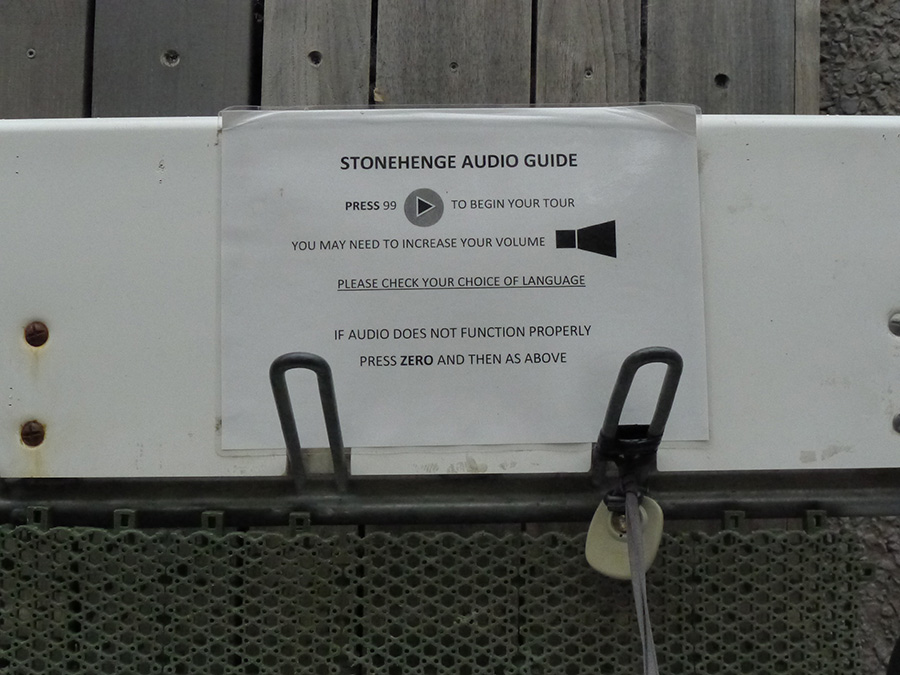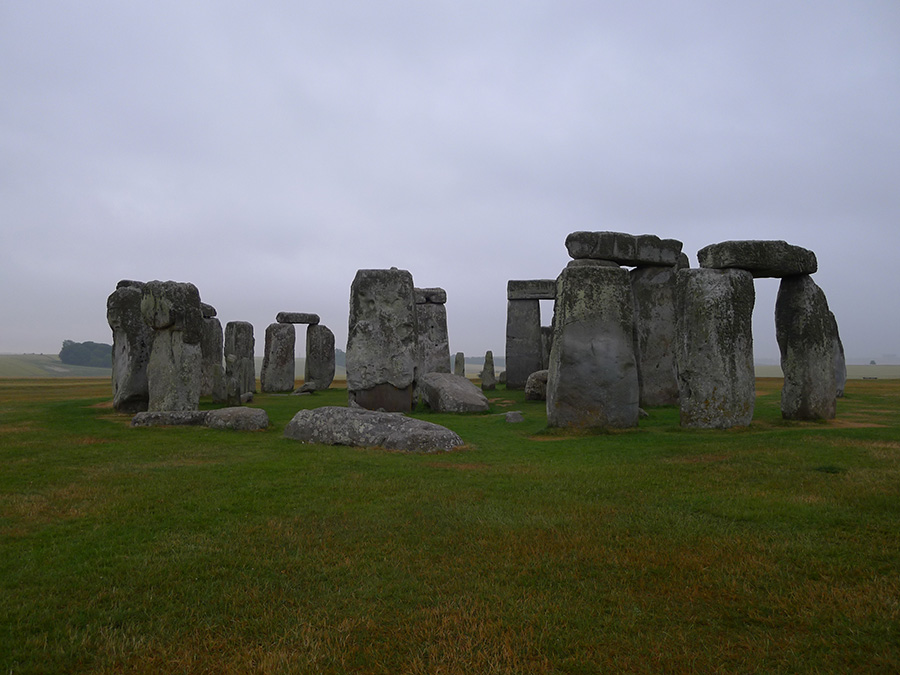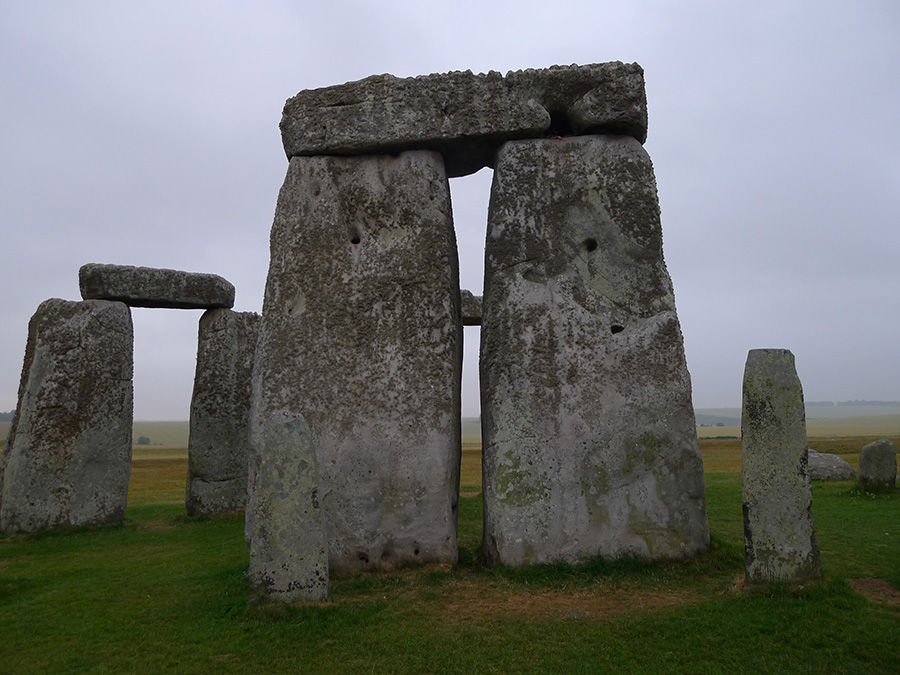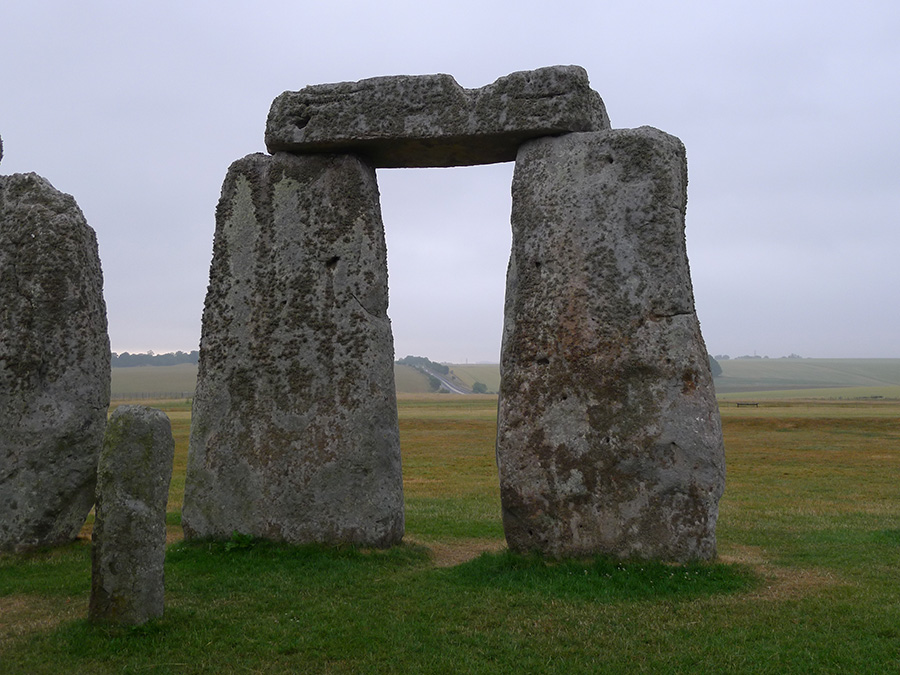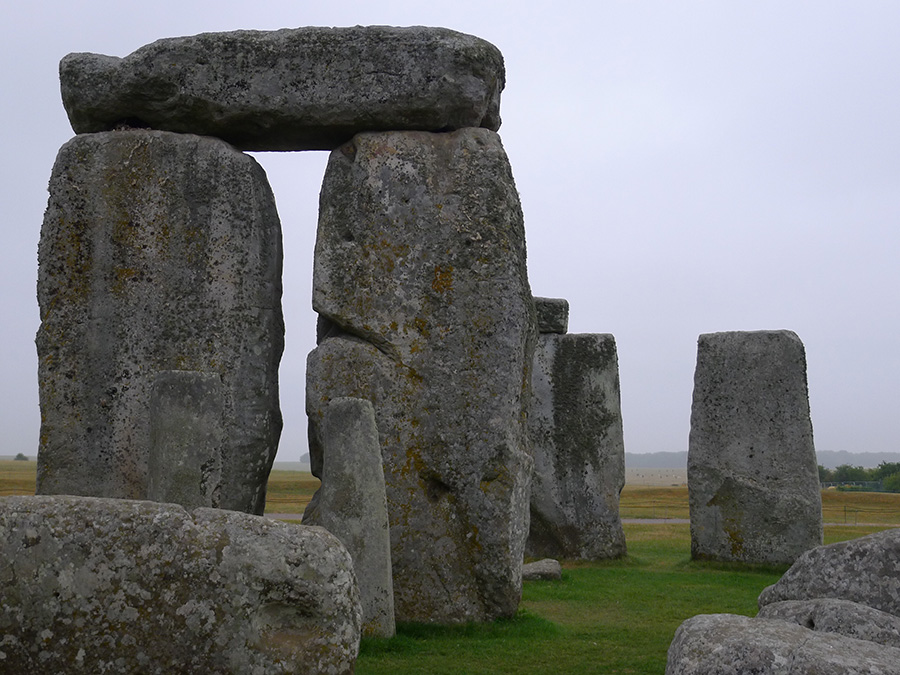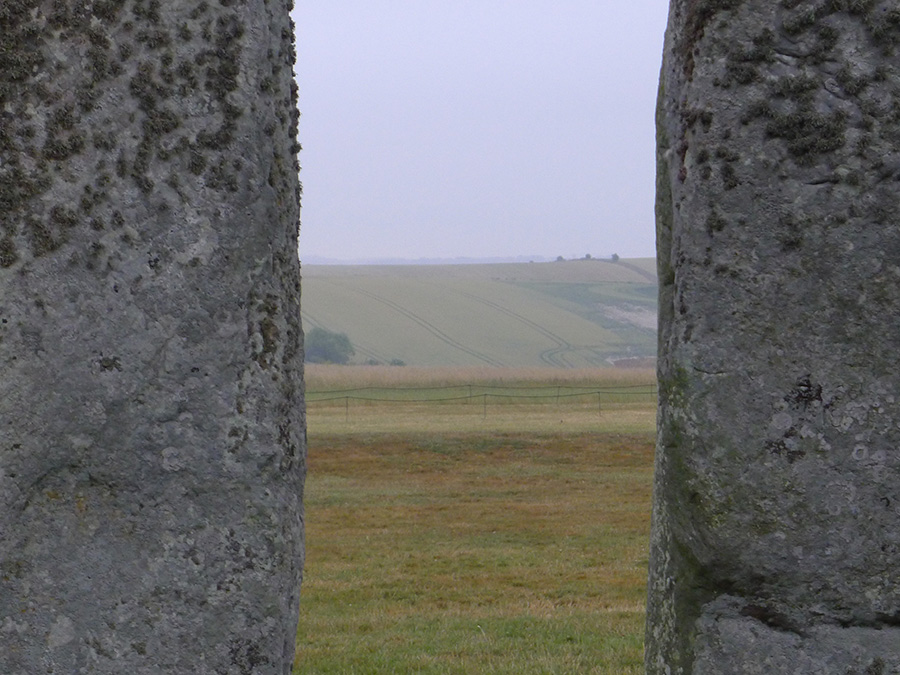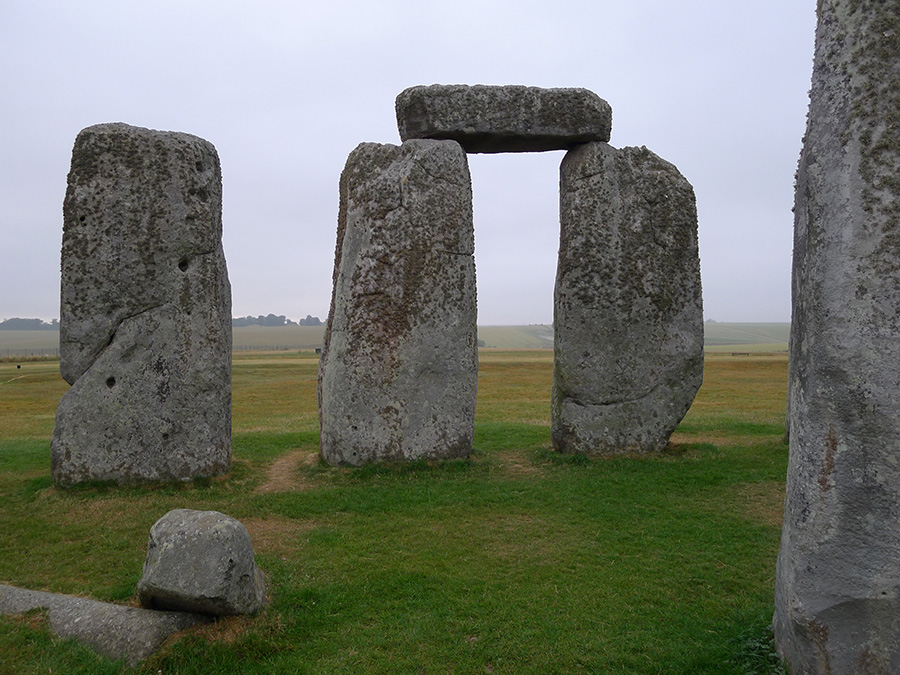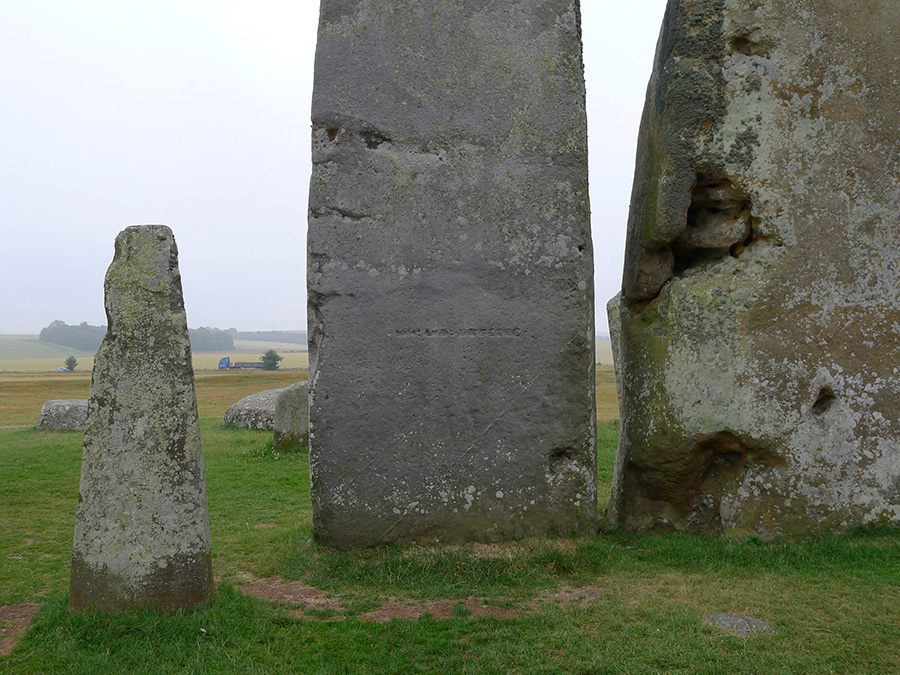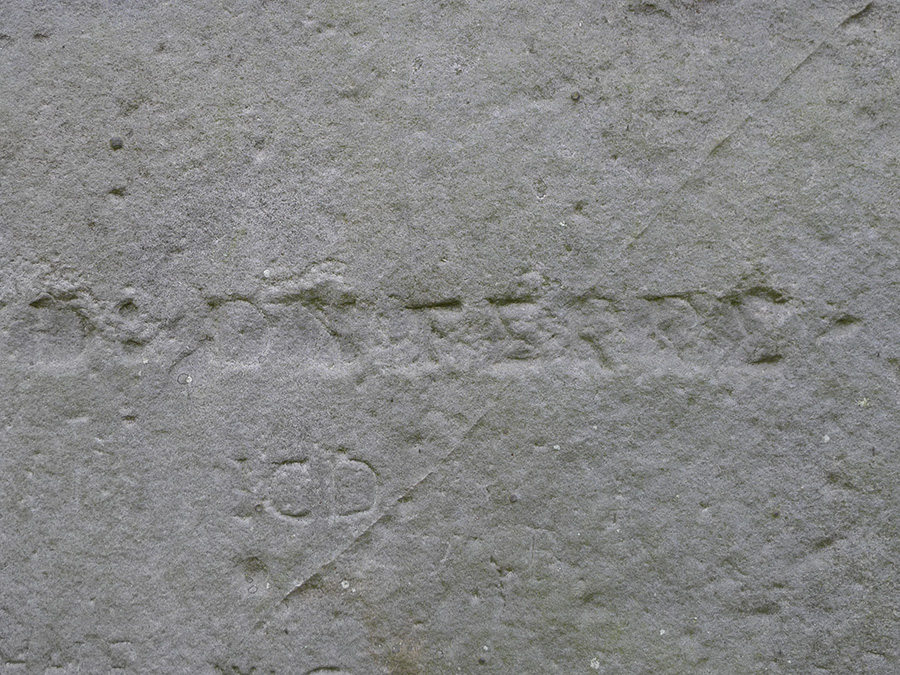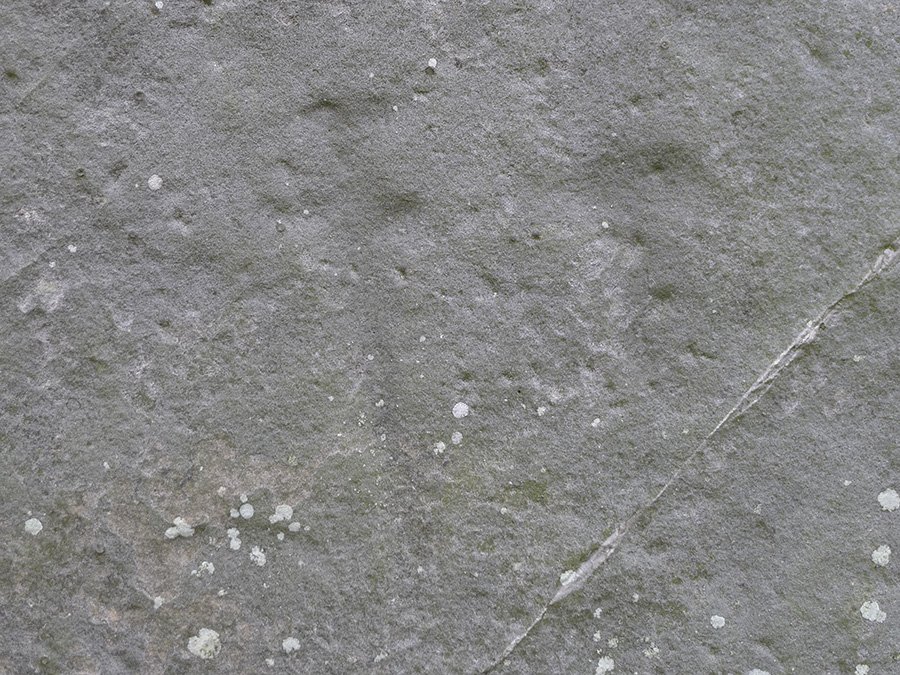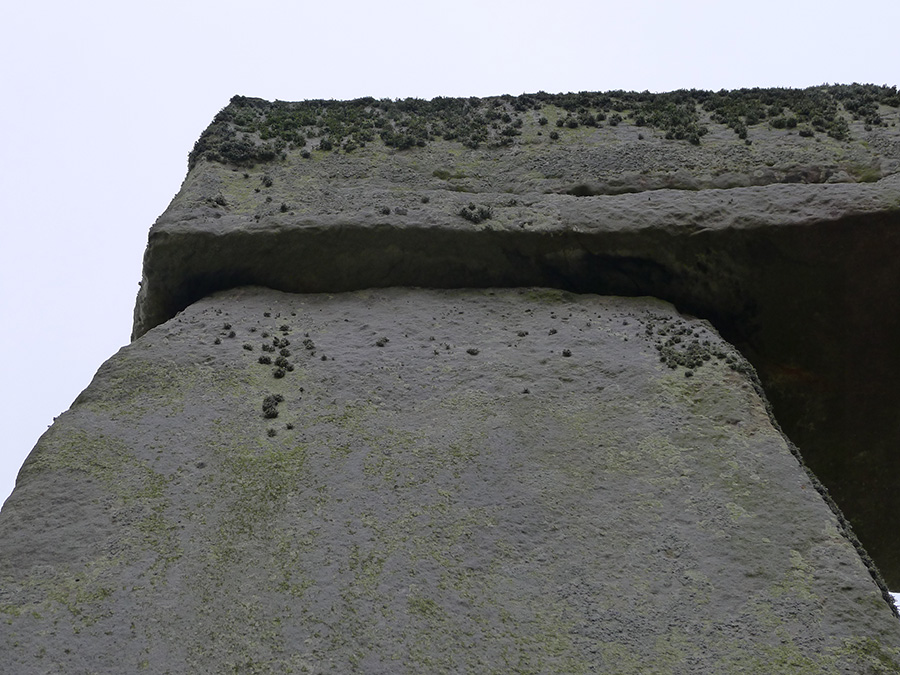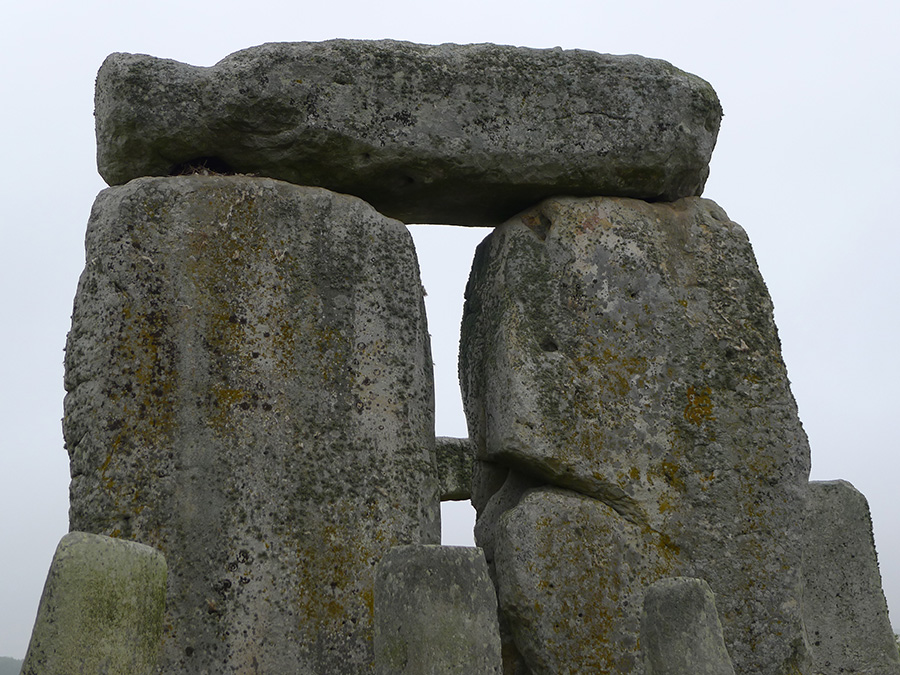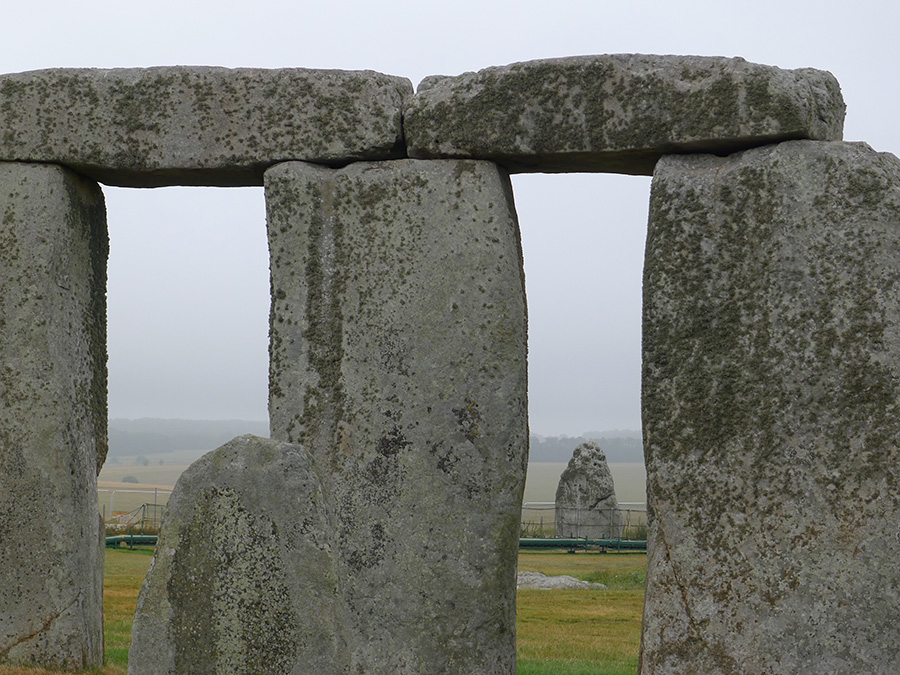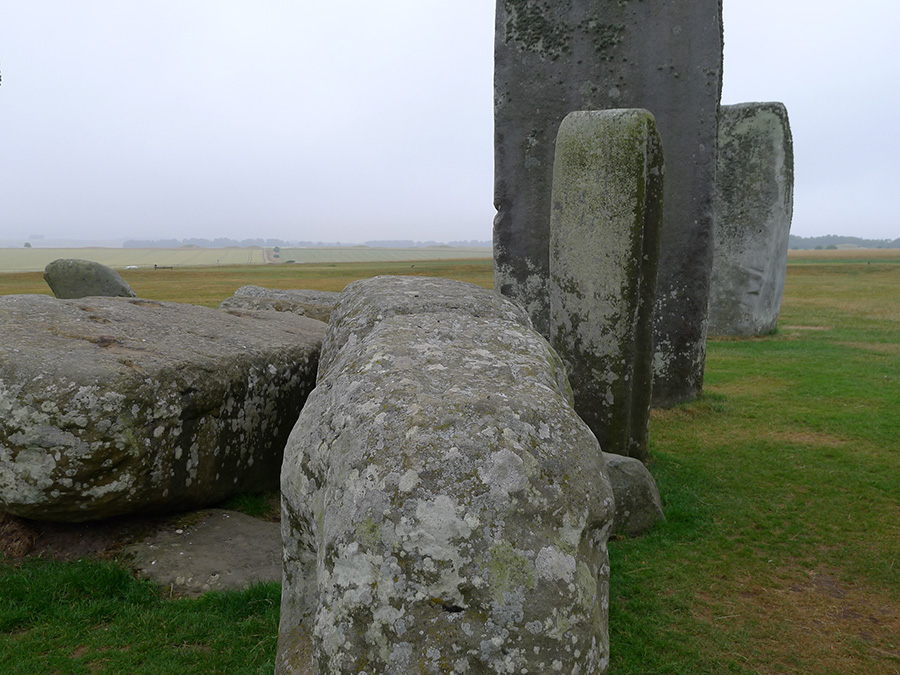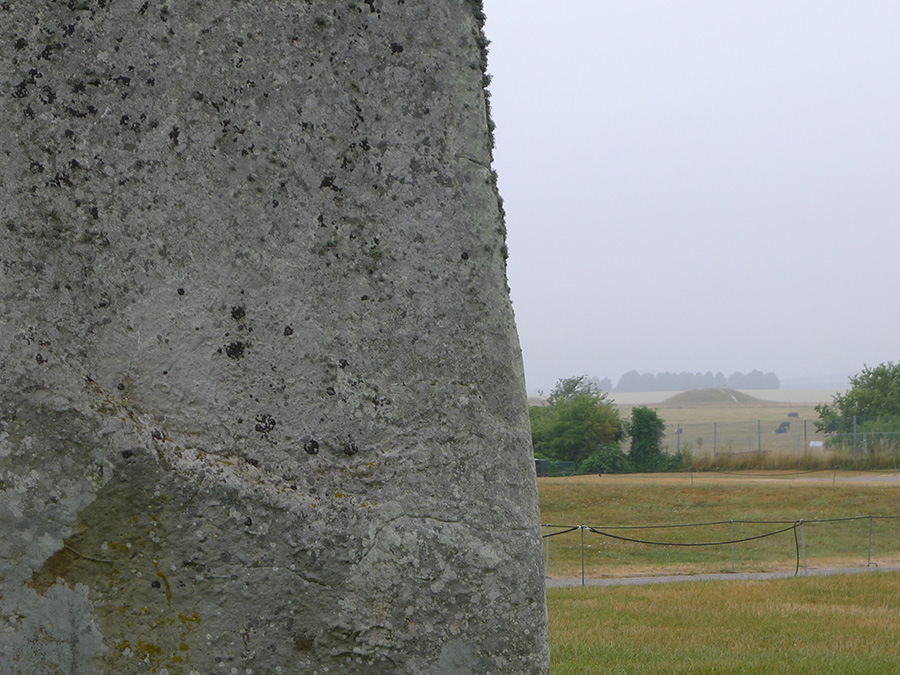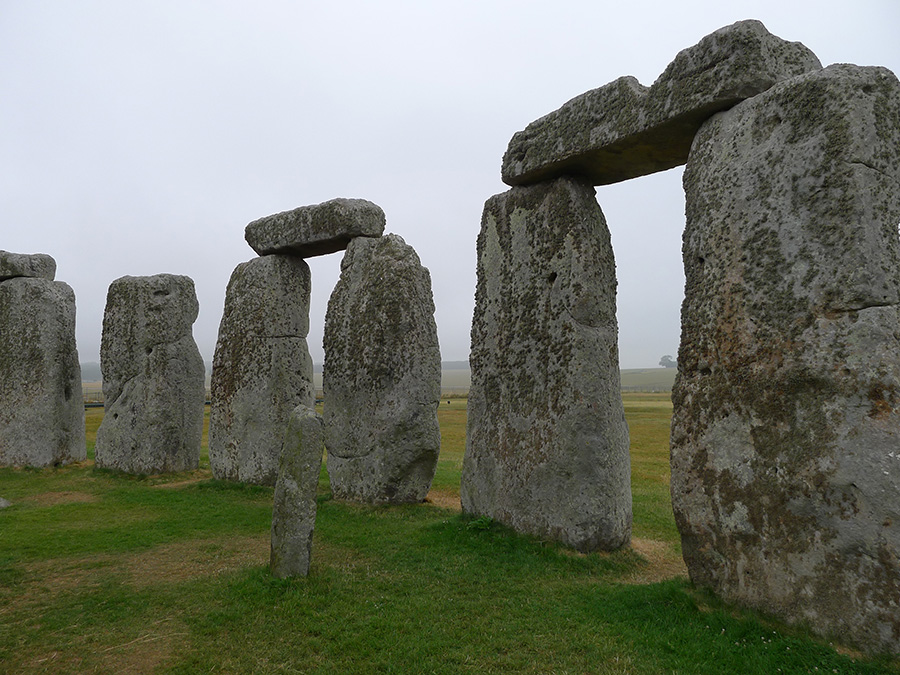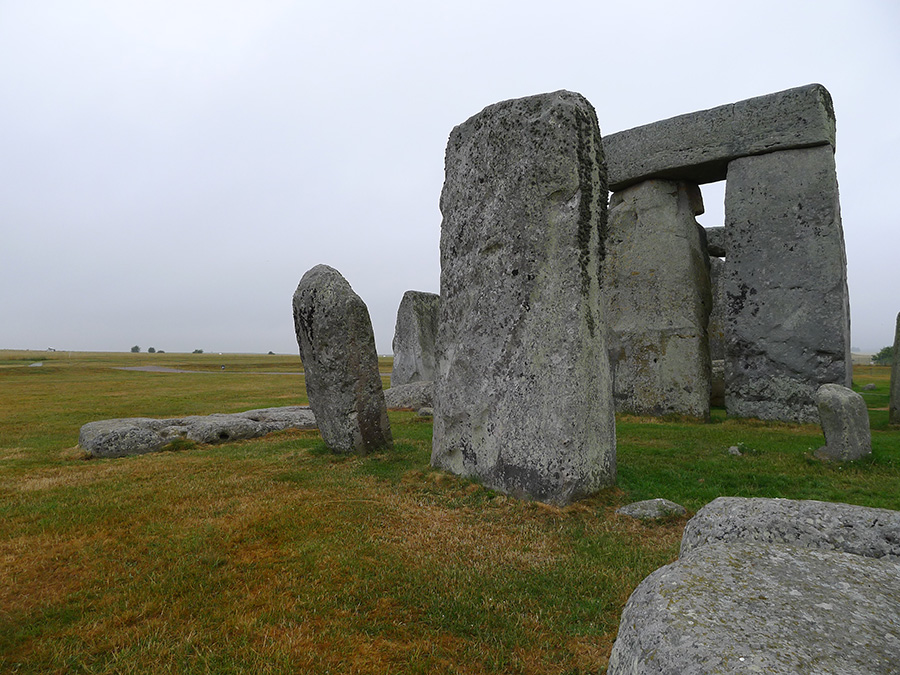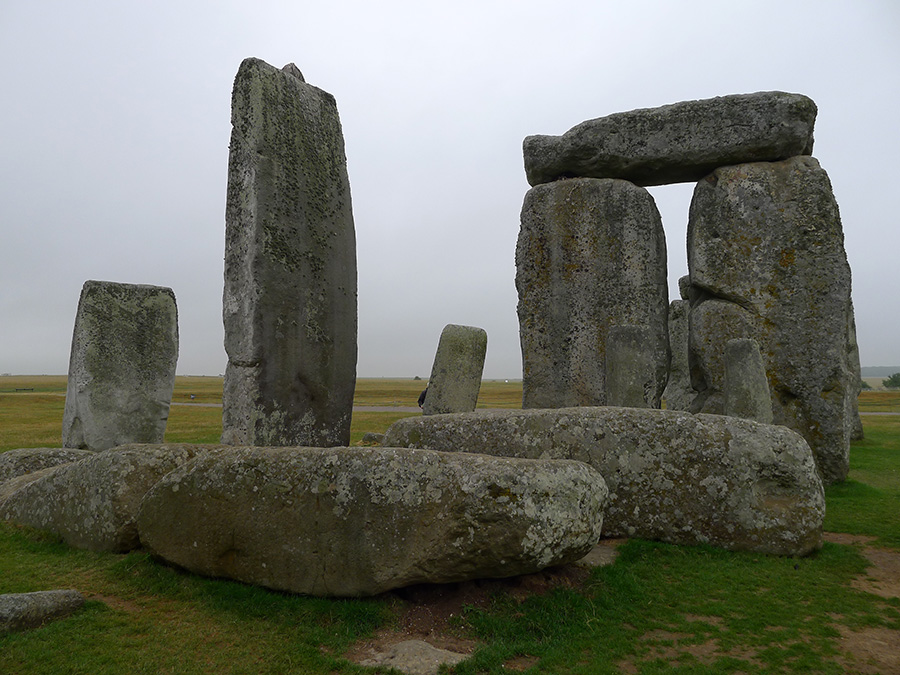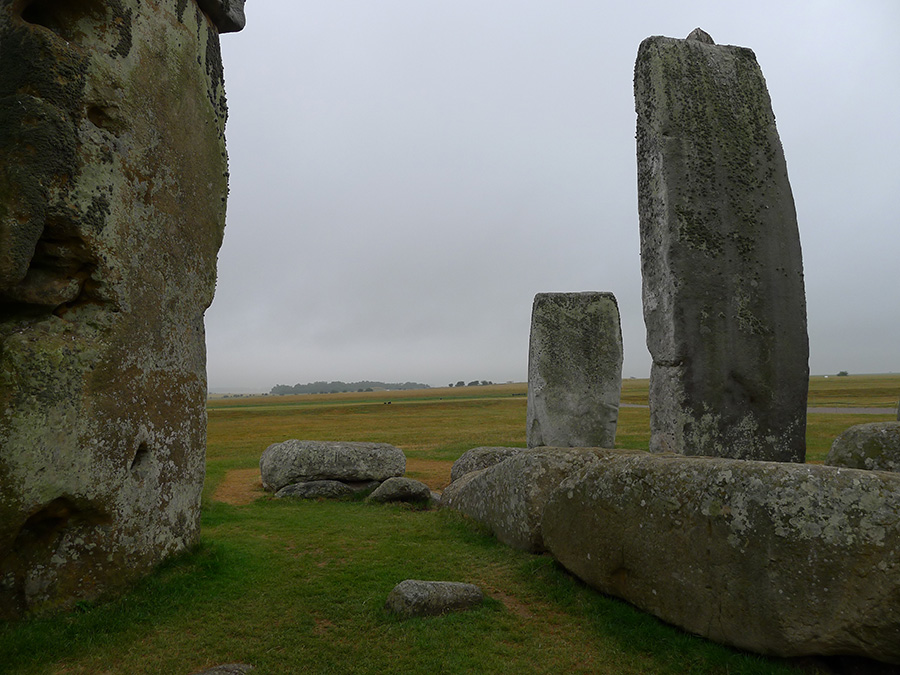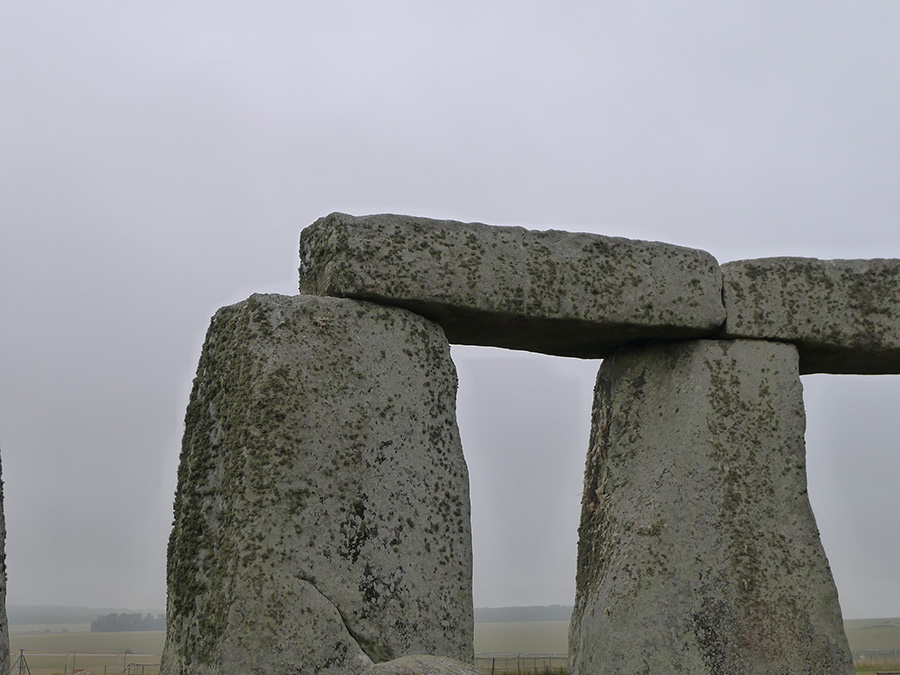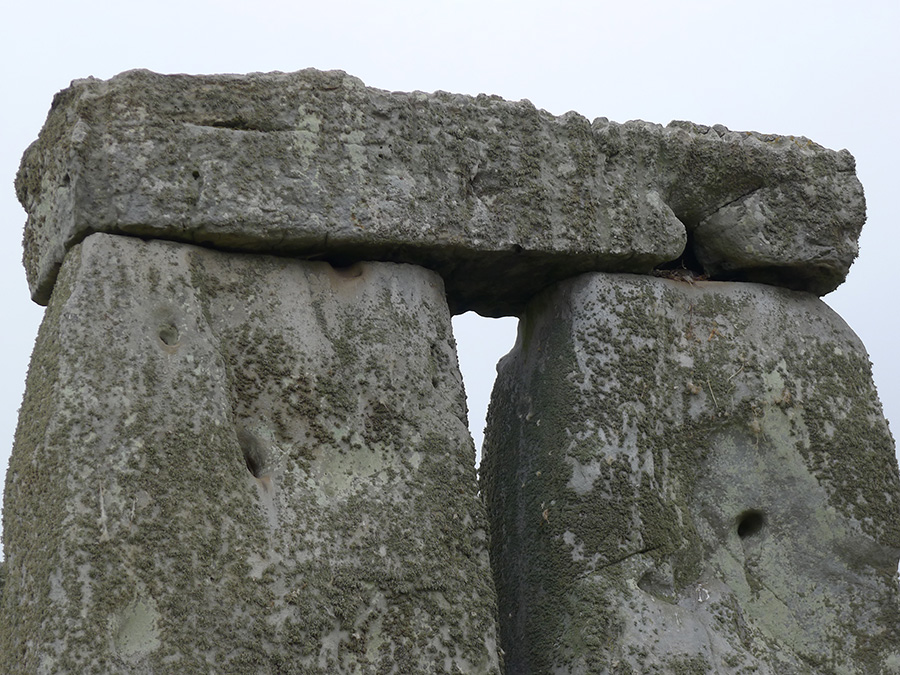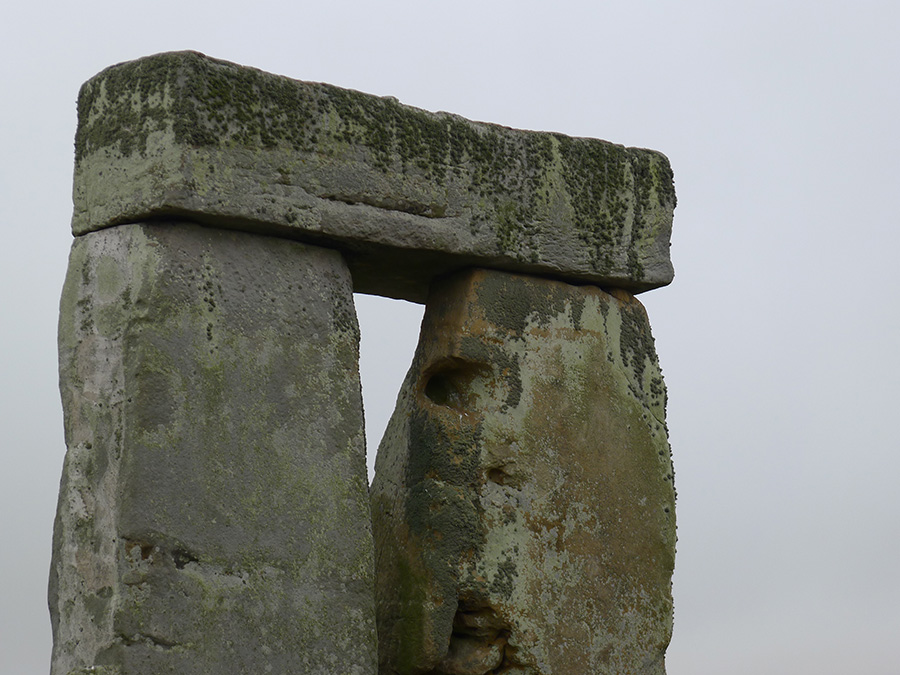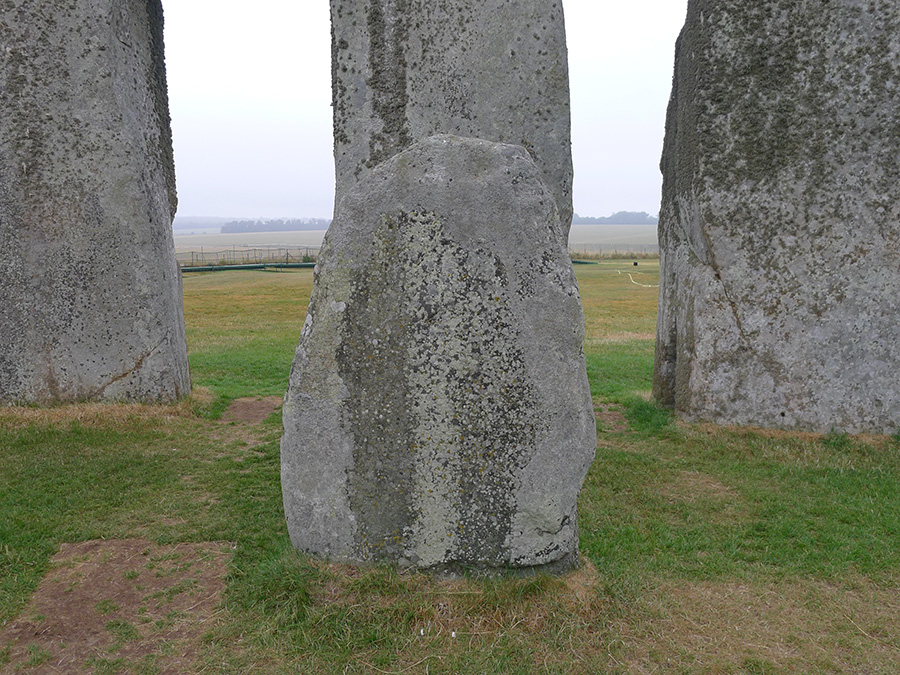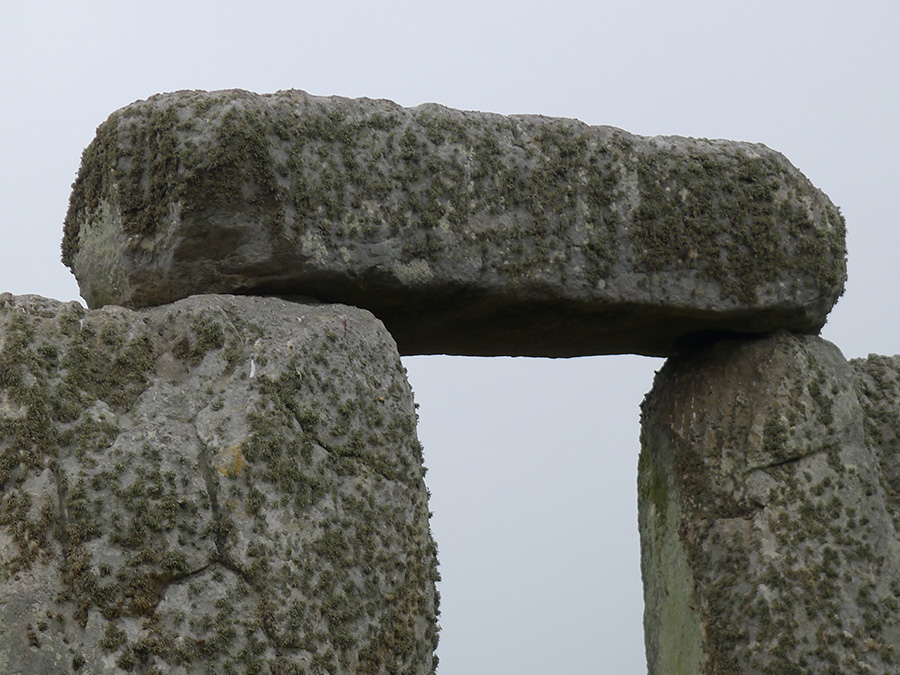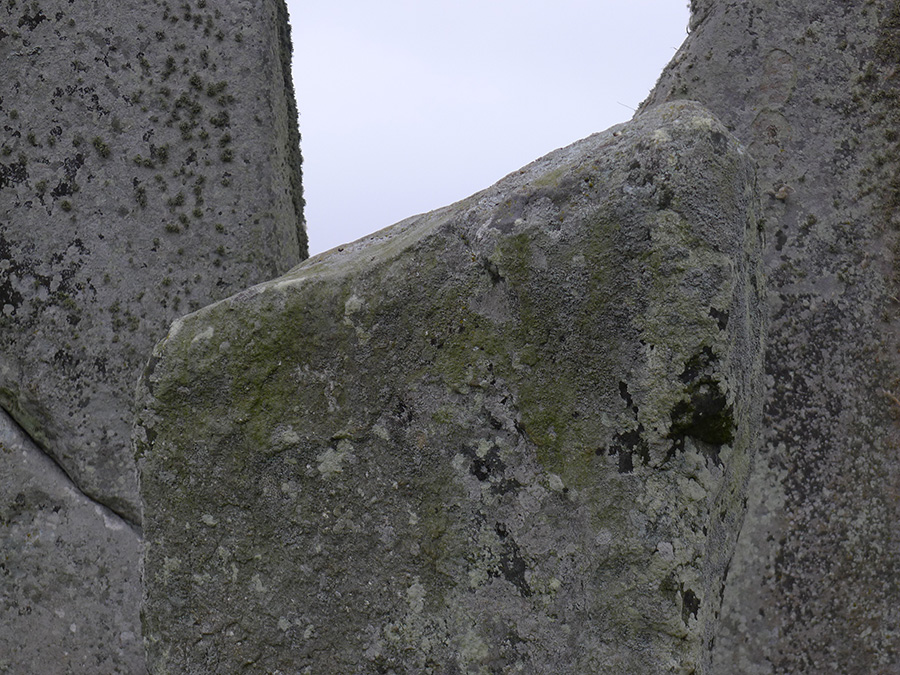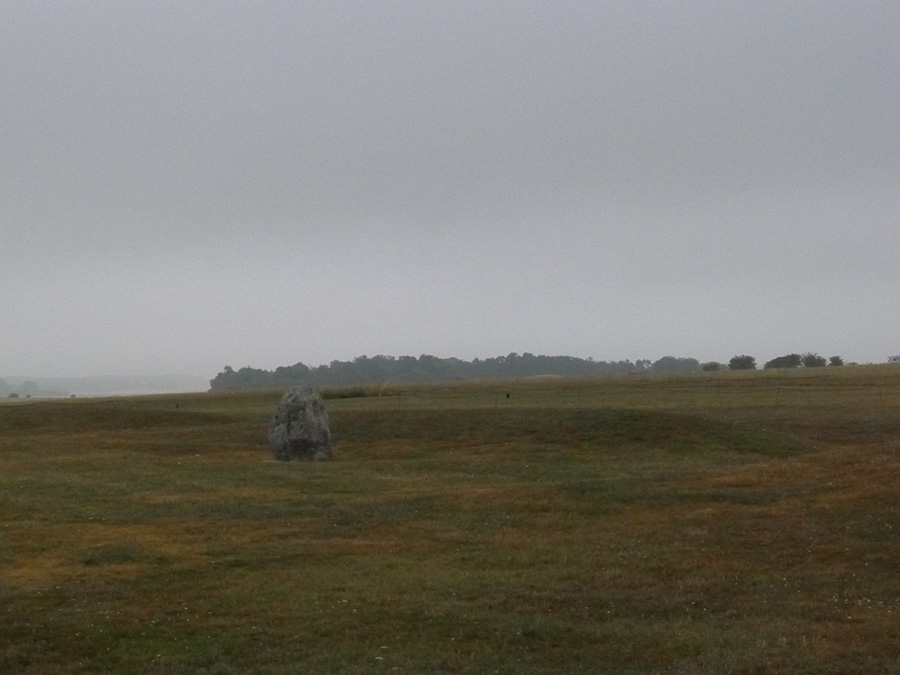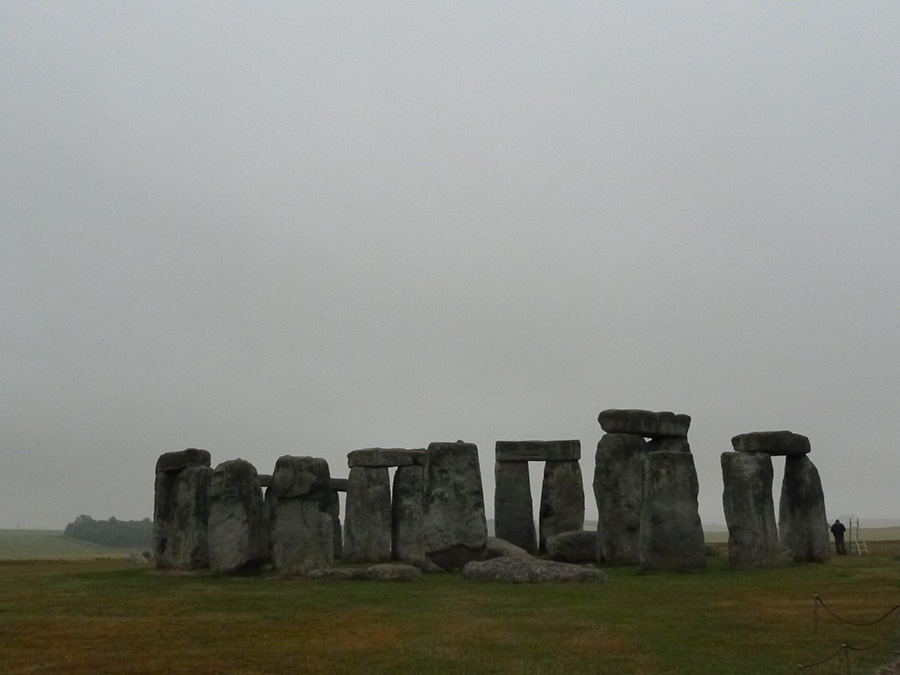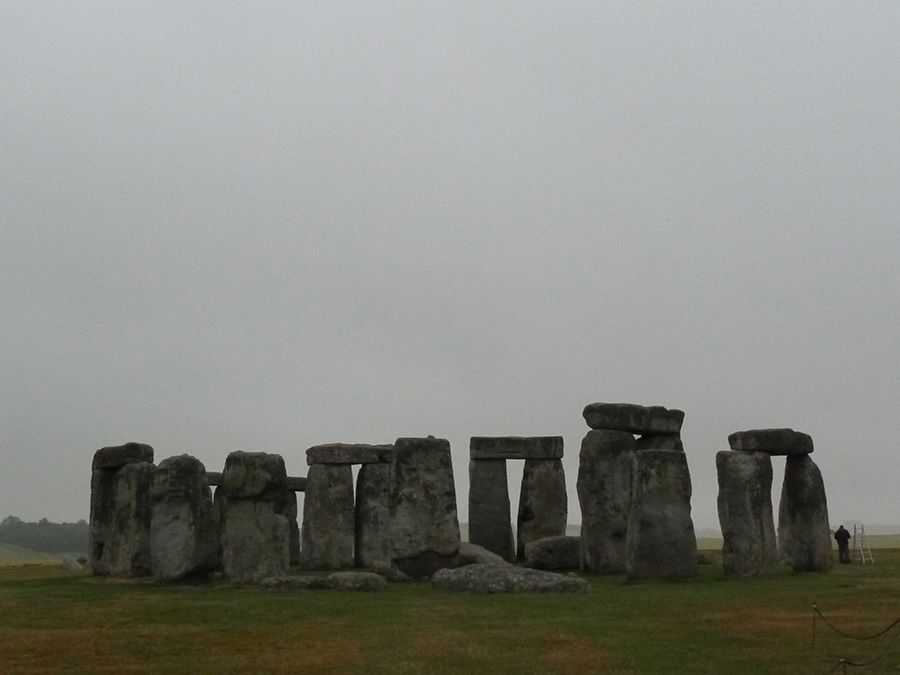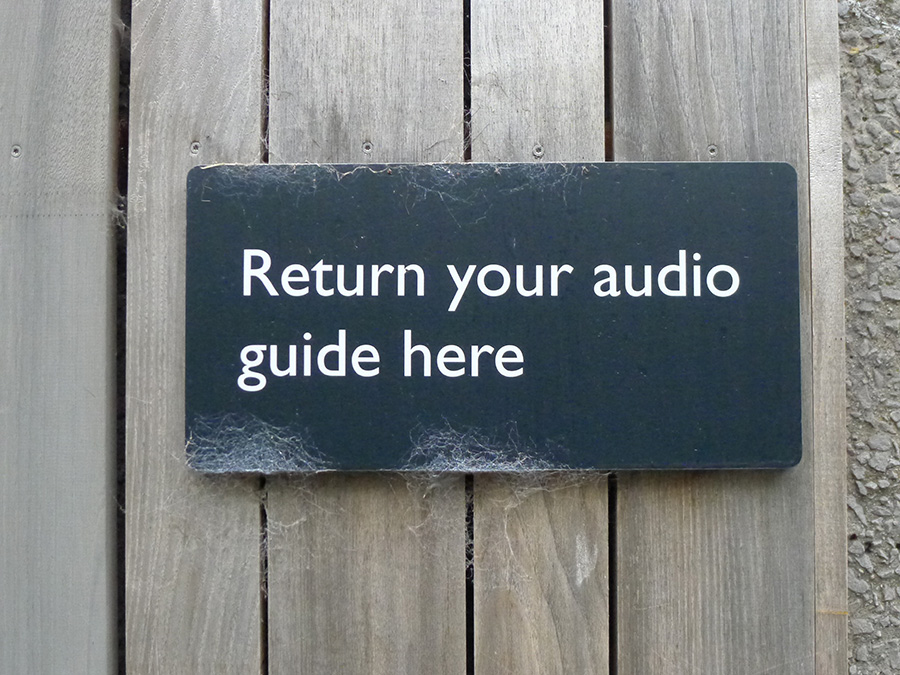
To meet at the stones at 5.30am on the 23rd July 2013 was of course a special privilege, and to get this permission from English Heritage, after all this time, determined we had better not be late, not by a minute, to make full flow of it.
The morning was graced by a splendid sunrise which made our intentions all the more dramatic. The south of England had been flooded, torrentially, over the past few weeks. Driving down the M3 at the dead of night had been like crossing a bridge over watery plains, but surprisingly, the site at Stonehenge was relatively dry, and we could proceed to do what we planned.
Come 6am we were assembled, the English Heritage delegation in place. We were granted 3 hours before the monument opened to the public. This was significant, also, because the plans to develop the site were well in progress, and in the months to come a new Visitor Centre would be operational, and the access to the stones completely changed as a result of the demand for its heritage value.
To acoustically test over 30 bluestones in such a short space of time is a major undertaking. A stone, when being checked for acoustic properties, has to be given what we could call – hardly in terms of research methods – a “full body massage”. Especially when they have been embedded in concrete (a 1950s operation) and their timbre affected, as described above (see So To Stonehenge).
It’s a rum job. We knew we were not going to get as sparkling sound as Preseli, but we did get significant indications of lithophonic activity. The reason we’re not posting sound files is because, as Professor Darvill insists, this aspect needs more research.
On site, we heard significant echo phenomena, and sound mirroring between the stones. We didn’t have the chance/time to record this, given the task at hand. We did concentrate on 5 to 10 stones that had extremely promising properties, and then time ran out…
However. We weren’t quite done. It was possible to capture 20 minutes of transition time, which is what these photos represent – walking back to the public entrance to the site, through a little tunnel, see these ‘audio guides’, and then reversing to the stone circle like musicians performing an encore. These photos, a conceptual joke btw! It’s intended as a walk inside the circle, in the absence of any cranes, helicopters or Google maps, a sense of things from ground level.
Stonehenge is surprisingly small, as an arrangement. But if you look at the possible simulacra that comes from this sequence of shots, there is an acoustic element indicated.
Possibly the site needs another few thousand years of research. Future citizens might then agree that it’s a planetarium for sound, and not just vision.
